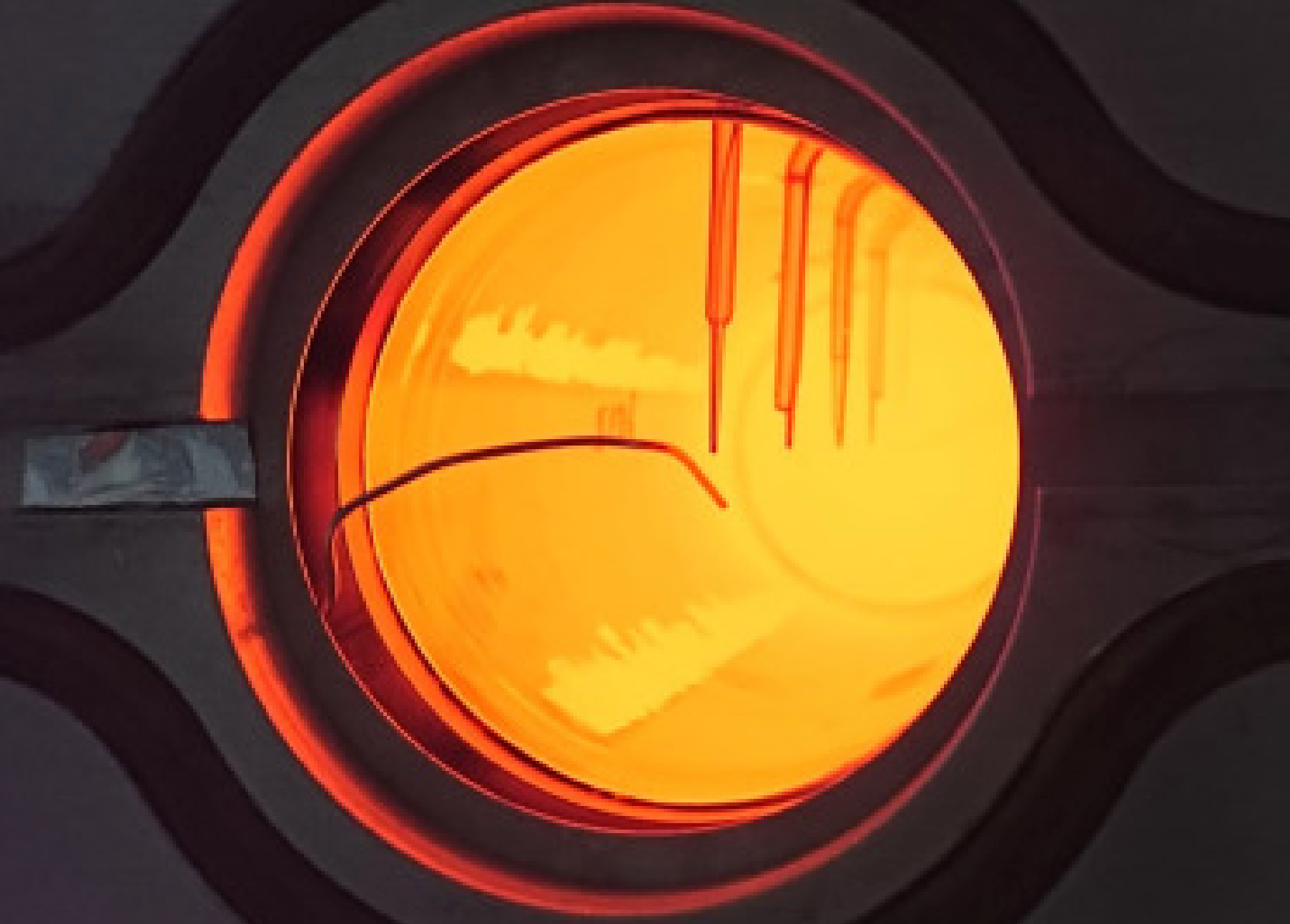Breakthrough solar power technology could replace fossil fuels in heavy manufacturing
New device using quartz crystals and silicon can yield temperatures over 1,000C
A potentially groundbreaking solar-powered device has achieved temperatures over 1,000C, raising hopes for using green energy to run some of the most fossil fuel-intensive manufacturing processes on Earth.
The new proof-of-concept technology uses synthetic quartz crystals to trap solar energy at temperatures over 1,000C, demonstrating its potential to provide clean energy for carbon-intensive industries like metal, cement and chemicals manufacturing.
Making materials like glass, steel and ceramics needs temperatures over 1,000C, something that is currently typically only achieved by burning fossil fuels.
These manufacturing industries account for nearly a quarter of the world’s energy consumption.
Scientists have previously attempted using solar energy to fuel these industries by trapping and concentrating sunlight with an array of thousands of sun-tracking mirrors. But such methods have not been able to efficiently achieve the temperatures required.
The new device, built by attaching synthetic quartz crystals to an opaque silicon disk, makes use of a phenomenon called the thermal trap effect to harness sunlight at previously unseen levels of efficiency.
The technological breakthrough is described in a study published in the journal Device on Wednesday.
The working principle is that opaque materials exposed to solar radiation absorb it at the surface and transfer it inside by conduction, while semi-transparent materials let sunlight penetrate and undergo absorption across the inner volume.
By properly matching semi-transparent materials with an appropriate energy radiation source, it is possible to achieve temperatures that are higher in the bulk of the material than at the surface exposed to solar radiation – in other words, creating a thermal trap.
When researchers exposed their device to an energy flux equivalent to light coming from 136 suns, one end of the devices reached 1,050C and the other 600C.

“Previous research has only managed to demonstrate the thermal trap effect up to 170C. Our research showed that solar thermal trapping works not just at low temperatures, but well above 1,000C,” Emiliano Casati of ETH Zurich who co-authored the study said.
“This is crucial to show its potential for real-world industrial applications.”
The researchers are currently optimising the thermal trap effect and investigating new applications for the method.
Preliminary analysis exploring other materials revealed that even higher temperatures could be reached.
“This study contributes to the development of more efficient solar receivers to decarbonise key industrial processes requiring high heat, such as the manufacturing of cement and metals and the thermochemical production of solar fuels,” Dr Casati said.
“To really motivate industry adoption, we need to demonstrate the economic viability and advantages of this technology at scale.”
Subscribe to Independent Premium to bookmark this article
Want to bookmark your favourite articles and stories to read or reference later? Start your Independent Premium subscription today.


Join our commenting forum
Join thought-provoking conversations, follow other Independent readers and see their replies
Comments